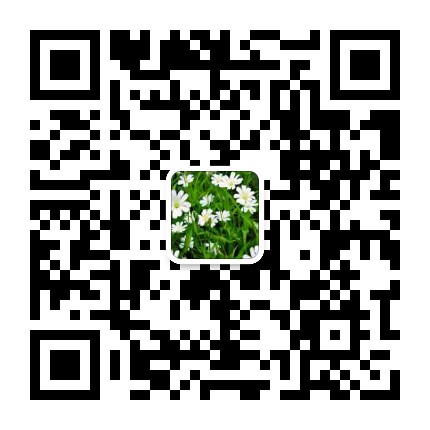
Rice hulling rubber roller is the main part of the rice hulling machine and the key equipment for rice husking. Its working principle is that the two rubber rollers rotate in opposite directions to make the rice enter between the two rollers to squeeze, tear and peel, so as to achieve the purpose of shelling into rice.
Rice hulling rubber roller is the main part of the rice hulling machine and the key equipment for rice husking. Its working principle is that the two rubber rollers rotate in opposite directions to make the rice enter between the two rollers to squeeze, tear and peel, so as to achieve the purpose of shelling into rice.
The colors of the outer layer of the hulling rubber roller are: brown, black, white, red, yellow, purple, gray, beige, blue, green, etc. The color can be determined according to the needs.
The hardness of the outer layer of the hulling rubber roller (Tai's A type) is 90 degrees - 95 degrees, etc. The hardness can be determined according to the climate, the type of rice and other needs.
There are three types of hulling rubber rollers, which are called three series in my country and internationally, respectively named: wheel type, sleeve type, and ride type. Wheel type and sleeve type are used more.
The basic performance of the hulling rubber roller (how much grain is milled) depends on the physical and mechanical properties of the external rubber, the performance is as follows:
(1) Tear strength: Strength refers to the ability of the material to resist damage under the action of external force. Strength refers to the ratio of the relay force to the initial test piece cross-sectional area when the rubber test piece is stretched to break, and the unit is MPa ( kg/Cm2). For the rubber roller, this is an important mechanical property. The rubber roller is subject to a variety of external forces in the process of rice milling, and makes high-speed and violent mechanical movements. Therefore, the rubber material must have high strength, otherwise it will Reduce the use value of the rubber roller.
(2) Elasticity: It is one of the most important properties of rubber materials. It refers to the property that rubber deforms under the action of external force and returns to its original shape after the external force is removed. There are many indicators to measure elasticity, such as: elongation at constant stress, elongation, permanent deformation at break and heat generation, etc. For grain hulling rubber rollers, moderate elasticity is required. Although high elasticity can improve the peeling ability, reduce waist burst, less broken rice, etc., but the elasticity is too high, it is easy to produce large elastic deformation, increase heat generation, increase the working temperature of the rubber roller, and reduce other mechanical and physical properties of rubber . Such as: hardness will be reduced, can not be used. The elasticity is too low, the hardness is too high, the wear resistance is poor, and it is easy to cause damage.
(3) Hardness: Hardness refers to the ability of rubber to resist deformation when it is compressed and invaded by external force. Generally, the Shore A hardness tester is used to measure its value. Generally speaking, the hardness requirements for rubber rollers are relatively strict. Too high will increase the glue consumption of the rubber roller and too low will reduce the shelling rate. Grain hulling rubber rollers should be equipped with different hardness values according to different regions, seasons and other conditions of use (such as rice species, temperature, etc.). Generally, the hardness of rubber rollers has three tolerance ranges of 85 degrees, 90 degrees and 95 degrees, all within ±3 degrees. It should also be pointed out that the above hardness is not a fixed value. It varies with the production season. ) and the standard sample, and the hardness value of the rubber roller in actual work is different from the rated value of the rubber roller, which will generally be reduced.
(4) Anti-aging performance: The so-called aging refers to the deterioration of the quality of rubber due to the physical and chemical effects of fatigue such as oxygen, odor, heat, and light radiation in the air during long-term storage and use of rubber. The physical and mechanical properties of the hulling rubber are degraded and scrapped. After aging, the hulling rubber roller will become hard, brittle, cracked and moldy. The elastic strength of the rubber material will be greatly reduced, which will seriously affect the use effect. Although the rubber roller is in production Although many anti-aging measures have been taken, it is still very important to do a good job of anti-aging.
(5) Balance: Balance refers to the ability of the rubber roller to maintain a fixed axis of rotation when it rotates. Strictly speaking, it is a kind of dynamic balance, but because the rubber roller is not a precision mechanical part, and the dynamic balance is not easy to measure, it is actually The concept of static balance is adopted, that is, the symmetry of the quality of each part of the warp relative to the working axis, commonly known as "heavy weight", the balance of the rubber roller is good or bad for the shelling rate, brown rice rate, rubber consumption and the normal operation of the rice husker. have a significant impact.

Post time: May-23-2022
